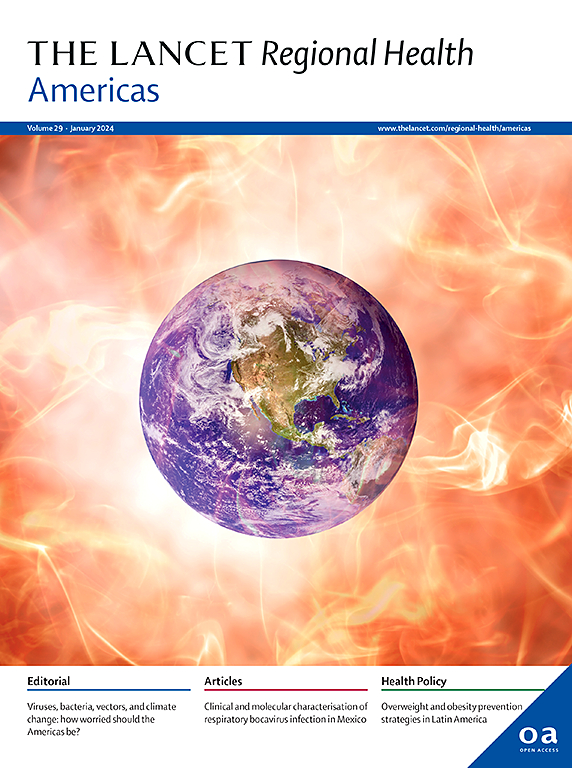COVID-19 and its impact on life expectancy among First Nations people in Alberta, Canada from 2019 to 2022: a population-based study
IF 7
Q1 HEALTH CARE SCIENCES & SERVICES
引用次数: 0
Abstract
Background
COVID-19 differentially impacted First Nations people due to pre-existing social, racial, and systemic inequities. This study explores life expectancy of First Nations people and the perspectives of First Nations health staff on the observed trends in life expectancy during the pandemic in Alberta, Canada.
Methods
All First Nations people in Alberta from a First Nations-identifying dataset (1999–2022) were included in this descriptive study (n = 164,964 in 2017, 49.7% male, 50.3% female, mean age 29.4 years [standard deviation 1.46; range 26.9–31.9 years]). In partnership with First Nations health managers, knowledge users, and using appropriate methods for First Nations people, we examined how the pandemic affected life expectancy in First Nations vs non-First Nations people. First Nations health managers were asked their opinions on observed trends in mortality during the pandemic through individual conversations.
Findings
Since 1999, First Nations people consistently had lower life expectancies compared to non-First Nations. In 2019–2021, life expectancy dropped 7.3 years (70.4 [95% confidence interval (CI) 69.48–71.24] to 63.1 [CI 62.28–64.02]) for First Nations people vs 1.4 years (82.8 [CI 82.65–82.92] to 81.4 [CI 81.22–81.51]) for non-First Nations people. Mortality was highest in young adult First Nations females relative to non-First Nations females (∼11-fold increase) during COVID-19. First Nations people had lower life expectancy across most age categories. The 20–50 year age groups had some of the highest relative mortality rates. Health managers observed similar life expectancy trends, perceiving that the pandemic exacerbated existing issues, including delayed access to care, poisonings (i.e., accidental or intentional overdoses), and pre-existing health conditions.
Interpretation
First Nations people in Alberta had a substantial drop in life expectancy during the pandemic compared to non-First Nations people. From the perspective of First Nations health managers, the pandemic indirectly exacerbated existing social and health issues, possibly contributing to the trend in life expectancy. Significant initiatives and resources will need to be deployed to assist First Nations communities to close these gaps.
Funding
Canadian Institutes of Health research (#PJT-178219).
求助全文
约1分钟内获得全文
求助全文
来源期刊

Lancet Regional Health-Americas
Multiple-
CiteScore
8.00
自引率
0.00%
发文量
0
期刊介绍:
The Lancet Regional Health – Americas, an open-access journal, contributes to The Lancet's global initiative by focusing on health-care quality and access in the Americas. It aims to advance clinical practice and health policy in the region, promoting better health outcomes. The journal publishes high-quality original research advocating change or shedding light on clinical practice and health policy. It welcomes submissions on various regional health topics, including infectious diseases, non-communicable diseases, child and adolescent health, maternal and reproductive health, emergency care, health policy, and health equity.
 求助内容:
求助内容: 应助结果提醒方式:
应助结果提醒方式:


